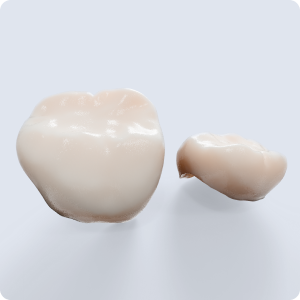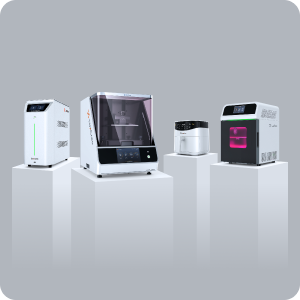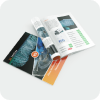
Evaluating the Accuracy of 3D Printing Dental Models and Clear Aligners

Custom products like dental models need scalable manufacturing processes. Practitioners use dental models for treatment planning and demonstration. Unfortunately, the traditional method for manufacturing dental models involves many costly and time-consuming steps. 3D printing offers a streamlined and scalable solution for rapidly manufacturing dental models from advanced resin-based materials.
Dental models and other dental appliances require high accuracy to ensure successful treatment planning. 3D printing processes and systems have varying levels of accuracy, and it’s essential to compare those levels with traditional methods of pouring molds and thermoforming dental devices. 3D printers using advanced optical processes lead the industry in terms of accuracy, surface finish, and throughput, making them ideal for single or batch 3D-printed dental models.
Comparing 3D Printing for Dental Models vs. Pouring Process
Traditional Casting Process
The traditional process used to fabricate dental models for clear aligner production requires significant time and labor to produce an accurate model. The process generally follows four steps:
- Take an oral impression: The practitioner (or technician) takes an impression of the patient’s mouth and allows it to harden. They then disinfect the impression for use in subsequent pouring steps to cast the mold.
- Material mix and pour: The practitioner thoroughly mixes and pours a dental plaster or gypsum material into the impression and sets it on a vibrating table to force the material to flow into tooth depressions.
- Drying: The poured mixture dries, and the practitioner removes the dried model from the impression for trimming and polishing.
- Trimming and polishing: The practitioner removes the cured model from the impression and uses a grinding wheel to eliminate excess material from the edges. They might also polish the model to remove rough surfaces and create a more lifelike appearance. The entire manual process requires a significant amount of time, skill, and experience.
After the mold is trimmed and polished, a practitioner thermoforms the thermoplastic polyurethane or copolyester used for clear aligners over the finished mold. Finally, they will trim and polish the aligner into its final shape.
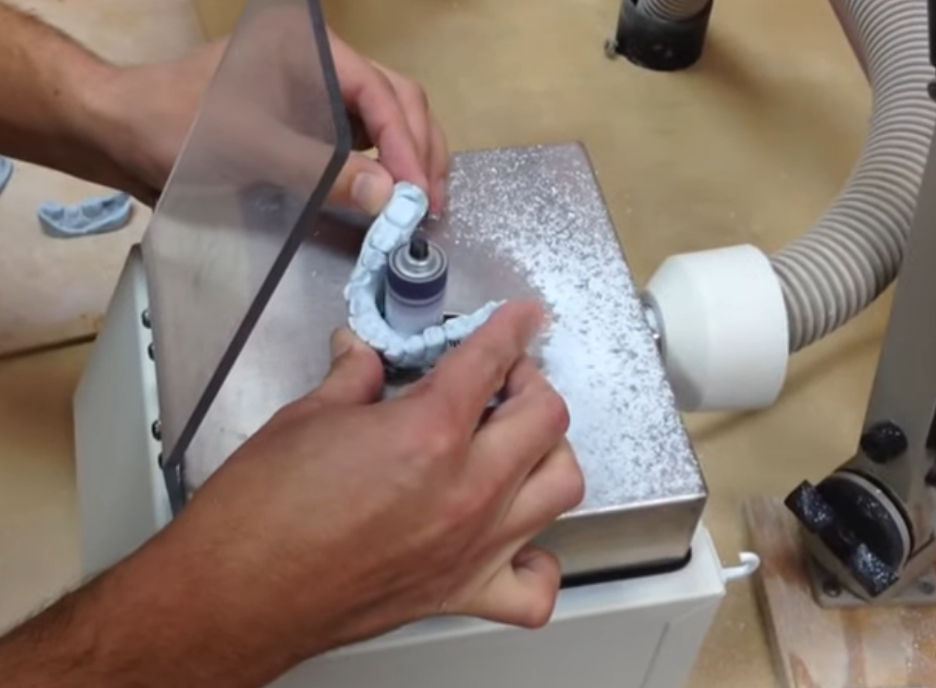
The final steps in traditionally manufactured dental models for clear aligners have the highest risk. The quality of grinding equipment and the skill of the operator limits the accuracy. 3D printing solves this problem by eliminating manual post-processing steps. A 3D-printed dental model has much higher accuracy as long as it uses the proper deposition process and high-quality resins.
3D Printing
3D printing dental models only involve four steps in an agile process:
- A practitioner captures an intraoral scan of a patient’s mouth.
- MCAD software translates the scan data into a solid model and an STL file.
- Treatment planning software allows the orthodontist to plan the teeth movement for each stage of the aligning process and creates dental model stl files for each upper and lower stage.
- Software for the 3D printer arranges the models into a batch to maximize the utilization of the printer’s build area.
- The dental models are printed with a specialized resin. A practitioner removes it from the build plate and finishes by washing and curing the models.
The resolution of 3D printing processes with photosensitive polymer resins can achieve 60-70 micron accuracy, which outperforms dental models produced with traditional casting methods. The resulting thermoformed aligner offers higher accuracy and net shape finish. Directly 3D printing dental models takes 3D printing aligner manufacturing to the next level of efficiency and accuracy by eliminating the need for the dental model and thermoforming manufacturing process altogether. Material use is decreased by over 90% and aligner accuracy is improved while significantly reducing labor hours needed to produce clear aligners.
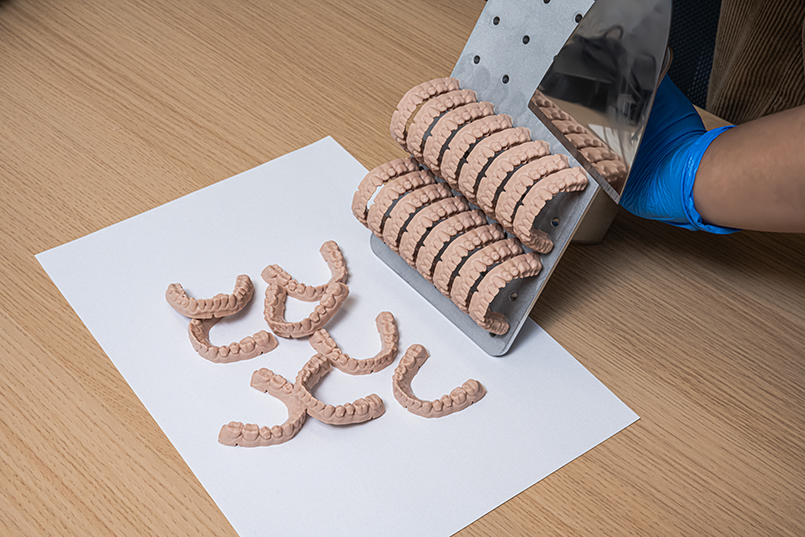
Accuracy vs. Cost and Patient Experience
Like many processes that involve significant manual steps, a traditional manually made dental model process is susceptible to human errors. In addition, thermoforming retainers often cannot guarantee the right thickness in specific locations that are necessary to create the force to move the teeth. Grinding and polishing also introduce imperfections. 3D printing clear aligners directly solve these problems because manual steps are eliminated, and the finished product is directly produced from a digital model and matches the original digital design.
Compared to average 3D printing processes like fused filament fabrication (FFF) or stereolithography (SLA), digital light processing (DLP) provides highly accurate 3D-printed dental appliances. In addition to accuracy, dental offices that 3D print dental models in-house can see multiple benefits:
- Print in batches: Models from multiple patients can be automatically arranged and printed in batches. Vertically printing stacked models and other dental products, DLP systems provide even higher throughput.
- Minimal post-processing: Traditional processes require multiple manual steps including grinding and polishing to produce a finished dental model. 3D printing clear aligners directly streamlines production as the model directly prints from a digital model then washed and cured .
- Faster treatment planning: By reducing total print time, treatment plans finalize and execute faster, leading to a more positive patient experience. A batch can print in approximately one hour with a 3D printing process like clear printing enabled DLP systems.
- Reduced labor costs: With fewer steps and less manual overhead, DLP 3D printing clear aligners directly reduces labor costs for making highly accurate dental models. On average, dental offices can save thousands of dollars a month on labor costs when they select the right solution.
Although there is an up-front cost for a 3D printer for dental models, the long-term gains with an advanced solution can offset the investment. In addition, the DLP process used for 3D printing dental models is flexible and can manufacture many other products from resin-based materials like surgical guides as well as can directly print clear aligners – eliminating the need for dental models.
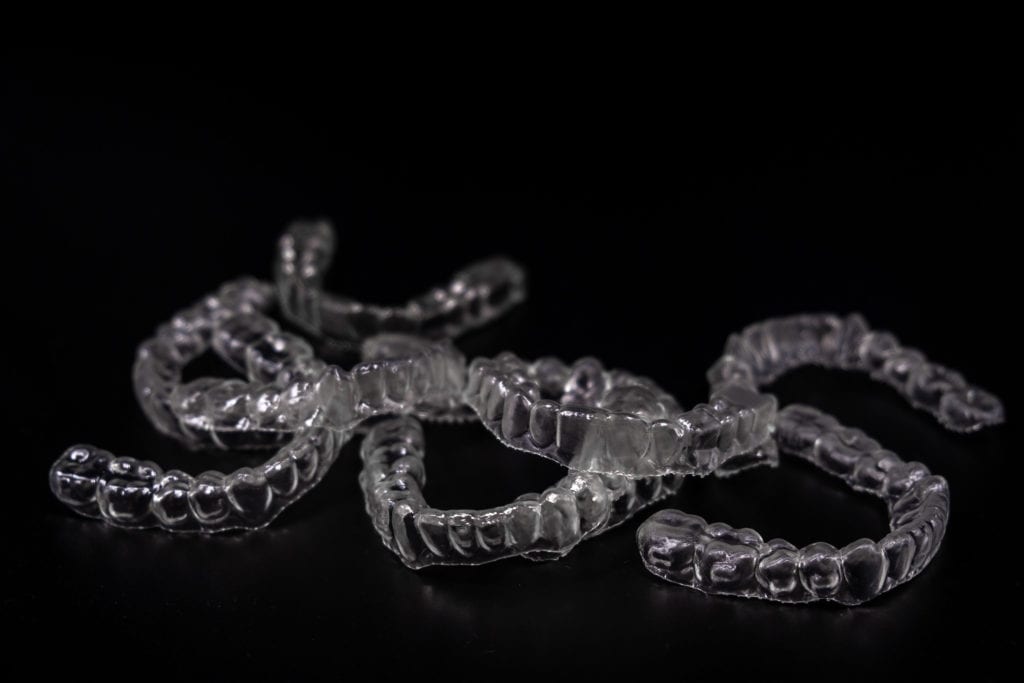
Transition to Direct 3D Printed Clear Aligners
3D printing produces dental models for thermoforming and as well as other dental appliances. Dental appliances are printed directly eliminating the need for intermediate tools like 3D printing dental models. 3D printing dental resins continue to advance and pass the required regulatory qualifications (e.g., Class 1 and Class 2 FDA requirements in the U.S.). Practitioners who want to create a superior patient experience and streamline treatment execution time need advanced 3D printers to print dental models and advanced dental resins to directly produce dental appliances.
LuxCreo’s patented LEAP™ (Light Enabled Additive Production) DLP printing process and advanced resin materials are ideal for directly producing dental models and other dental appliances. We offer cloud-connected 3D printers, high-performance 3D dental materials, and an on-demand Smart Factory production service for rapid prototyping and volume production. For more information on how our services can improve your supply chain and manufacturing processes, visit our contact page or call (650) 336-0888.
Subscribe to Our Newsletter
Be the first to get our latest updates and free trials!
Popular Resources
Follow Us
Featured Products
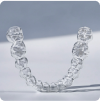
4D Aligner™
First Smart ActiveMemory™
Aligner
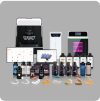
iLux Pro Dental Solution
Ultimate 1-Click Dental
Application Solution

LuxCloud Dental
Your One-stop Digital Dentistry
Platform



